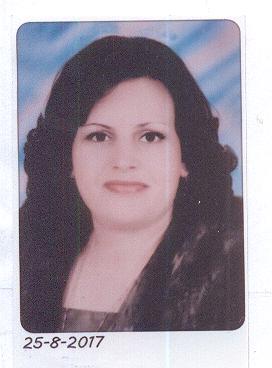Acute lymphoblastic leukemia (ALL) is a clonal malignant disease of the bone marrow in which early lymphoid precursors proliferate and replace the normal hematopoietic cells of the marrow (Jiang et al., 2010).
Cytogenetic abnormalities are independent prognostic variables for predicting the outcome of adult ALL patients. Recent genomic studies have provided a refined genetic map of acute lymphoblastic leukemia (ALL) and increased the number of potential prognostic markers (Moorman et al., 2014).
Adult and childhood ALL differ markedly in the prevalence of various cytogenetic abnormalities. Philadelphia chromosome (Ph1) positive ALL, a high-risk cytogenetic subset, accounts for 25-30% of adult ALL cases but occurs in less than 5% of children. Similarly ETV6/RUNX1 (TEL-AML1) fusion and hyperdiploidy, both good risk genetic features, together comprise approximately 50% of childhood ALL, but only approximately 10% of adult ALL (Pullarkat et al., 2008).
The ph1, t(9;22)(q34;q11)(BCR/ABL) results from a translocation involving the breakpoint cluster region of the BCR gene on chromosome 22 and the ABL gene on chromosome 9. One/third of adult ALL patients with a Ph1 show major (M- BCR) rearrangements, resulting in a 210 - kDa protein, similar to patients with chronic myeloid leukaemia (CML), whereas two - thirds have minor (m - BCR rearrangements), resulting in a 190 - kDa protein (Jiang et al ., 2010).
For many years, conventional karyotyping has been used as the sole diagnostic tool for t(9;22). However, it has several limitations that may lead to failure for detecting BCR/ABL gene rearrangements in relatively high proportion of ALL cases (Secker-Walker, 1990). It is noted that the BCR/ABL is more frequently detected than the corresponding chromosome abnormality t(9;22) (Moorman et al., 2007).
In both children and adults ALL, t(9;22)(q34;q11)(BCR/ABL) has the worst prognosis among patients with ALL. Its higher frequency in adult ALL explains in part but not completely the relatively poorer outcome of adults with ALL. In children, the presence of favorable clinical features including age, white blood cell count and response to therapy, is associated with somewhat better outcome (Mancin et al., 2005 & Schultz et al., 2007).
The use of a new generation of BCR/ABL FISH probes in interphase nuclei of a large series of BCR/ABL+ve leukemias is associated with the observation of a variable number of different interphase FISH patterns. The most frequently detected patterns with the extra-signal (ES-FISH) probe corresponded to typical BCR/ABLgene rearrangements involving the MBCR and the mBCR breakpoints; as expected, distinction between these two breakpoint regions could not be achieved with the single fusion or double fusion D-FISH probe. Although both major and minor patterns were found in CML and ALL cases, the former was more frequently observed in CML while the latter was usually associated with ALL. Interestingly, additional chromosomal abnormalities (eg; supernumerary Ph, gain or loss of chromosomes 9 and 22, as well as deletions of 9q and 22q) can occur in BCR/ABL+ve CML, ALL and AML patients (Zhonghua et al.,

